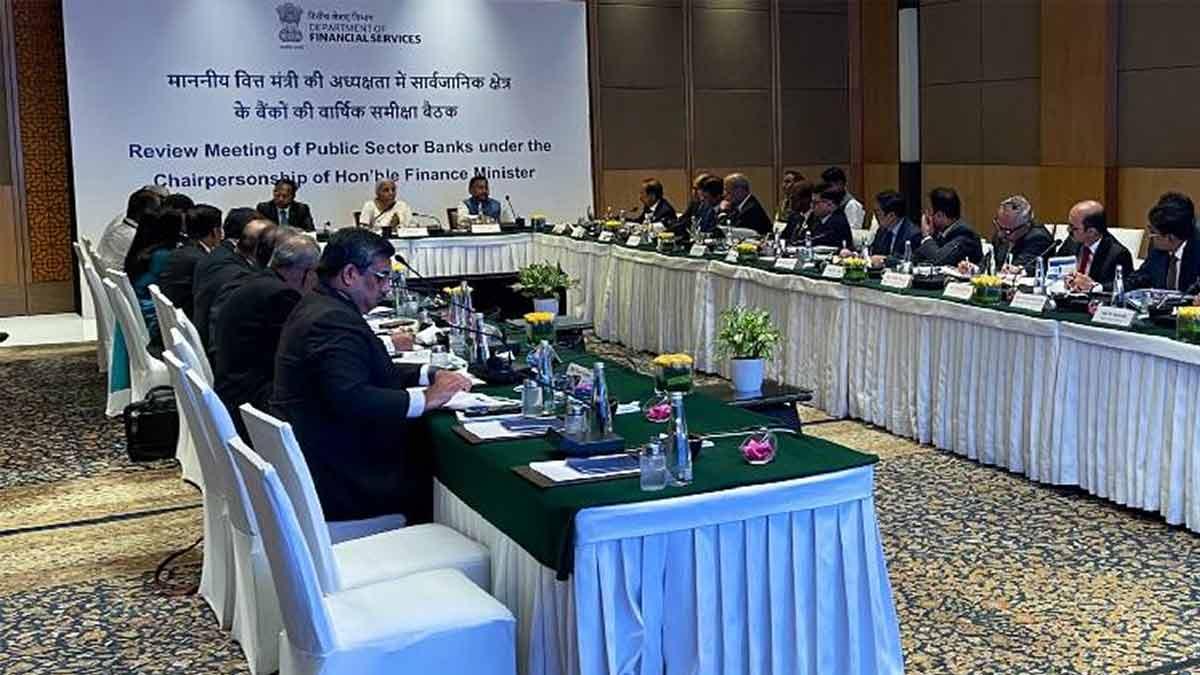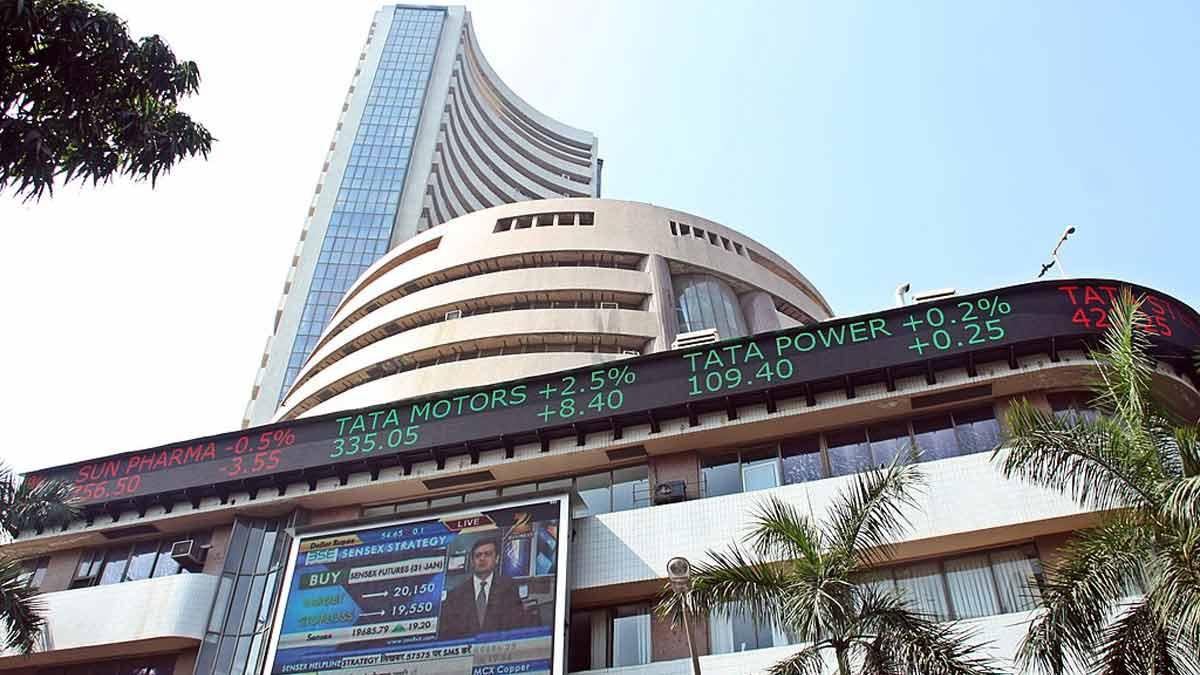Public sector banks (PSBs) experienced a sharp increase in their overall business, which increased from ₹203 lakh crore in FY 2022–23 to ₹251 lakh crore in FY 2024–25.
At the same time, net non-performing assets (NPAs) declined significantly, falling from 1.24% to merely 0.52%, according to the report presented to Finance Minister Nirmala Sitharaman during the annual performance review meeting with the heads of the PSBs on Friday.
The profitability of PSBs also enhanced during this period with net profits rising from ₹1.04 lakh crore to ₹1.78 lakh crore. The dividend payouts also witnessed a sharp rise, from ₹20,964 crore to ₹34,990 crore.
The Finance Minister was also updated that the public sector banks are now well-capitalised with a good capital adequacy ratio of 16.15% as of March 2025.
During the review, Sitharaman evaluated the performance of the banks in key areas such as financial resilience, inclusive lending, improvement in cybersecurity, and customer-centric innovations.
She underlined the necessity of sustained efforts towards increasing deposit mobilization to maintain credit growth momentum. PSBs were asked to undertake special efforts to launch focused initiatives, utilize their large networked branch infrastructure, and enhance outreach, particularly in semi-urban and rural areas.
Instructions were also issued to accelerate implementation of key financial inclusion schemes like the PM MUDRA Yojana, PM Vishwakarma, PM Surya Ghar Muft Bijli Yojana, PM Vidyalaxmi, and the Kisan Credit Card (KCC) scheme.
Under the PM Dhan Dhanya Yojana, as a part of Union Budget 2025–26, banks were motivated to give emphasis to agricultural credit in 100 districts showing less crop productivity. Specialized credit products must be created to increase agricultural production and encourage local economic growth by emphasizing region-specific farm produce.
The Finance Minister also suggested that banks grow their presence in GIFT City to drive India's ambitions in global financial services, capture new global opportunities, and engage deeper with the India International Bullion Exchange (IIBX).
She also asked public sector banks to actively participate in the three-month Financial Inclusion Saturation Campaign, which begins on July 1, to target 2.7 lakh Gram Panchayats and Urban Local Bodies.
There was news of updates on the New Credit Assessment Model for MSMEs, which was introduced on March 6, 2025. Sanctions to the tune of 1.97 lakh MSME loans aggregating ₹60,000 crore have already been issued. Banks were directed to expedite the implementation of this model to enhance availability of credit as well as capital access for micro, small, and medium enterprises.
It was also observed that under Stand Up India scheme, 2.28 lakh loans amounting to ₹51,192 crore have been approved up to now.
Read also| India’s Top 100 Brands Reach $236.5 Billion in Value, Reflecting Economic Resilience
Read also| Report: U.S. Strikes on Iran Left Nuclear Sites Intact


















